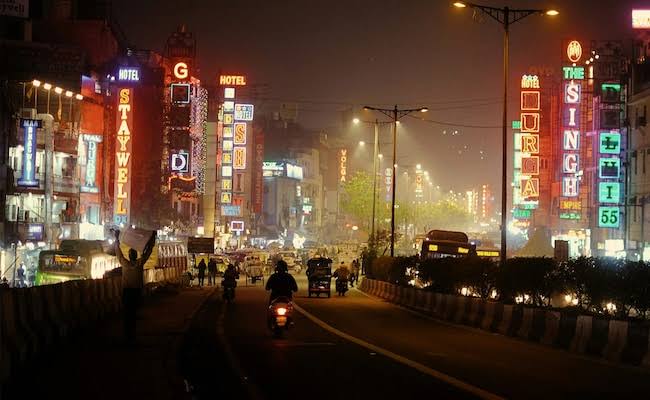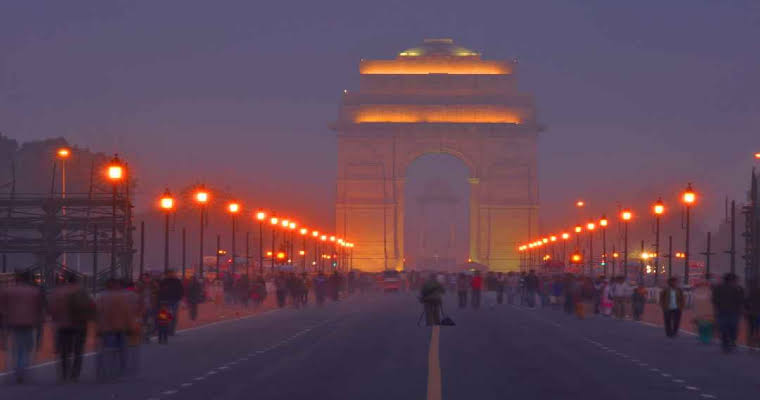Rajneesh Sareen, who heads the Sustainable Habitat Programme at Delhi-based Centre for Science and Environment, gave this explanation to NDTV on what is causing warm nights.

Amid heatwave in North India, an expert on sustainable habitats said that while India’s major cities are increasingly becoming heat islands, they are also recording peak night temperatures.
Rajneesh Sareen is head of the Sustainable Habitat Programme at the Centre for Science and Environment based in New Delhi. While talking to NDTV about what is responsible for these unusually high night temperatures, he said, “The construction and concretisation in big cities like Delhi have gone up significantly. The concrete buildings act like heaters during the day and release the heat at night, which is why minimum temperatures are increasing in the big cities,” said Mr Sareen, programme director for Sustainable Habitat Programme at CSE.

18 June night, Delhi has recorded its warmest night in the last 12 years with the mercury touching 35. 2 degrees Celsius, eight degrees above the normal average.Earlier, in the words of Mr Sareen, daytime temperatures would be high but the people will get some respite during nights. “Today, ACs are increasing because of heat island effect, he said. ”Heat islands usually are urban centers warmer than rural areas around them. Some of the associated reasons for this include; The construction speed, population congestion and vehicle exhaust among others.
‘Construction in Delhi is rising and green area is declining…High rise structures are also having impact on wind movement,’ said Mr Sareen, while emphasizing that the usage of concrete needs to be minimized.For instance, giving example on how reduction in green area has resulted to high temperatures. “Our research identified that in Connaught Place, the buildings are white, the roads black and the parking area grey and so is the roof tops There is less green area in that place than before and Connaught Place is now hotter than before. ”He was asked whether there is any heat action management plan that may address the burning problem and he noted that there are policies that should be implemented in the long run to solve this problem.
‘There is no outlet for the warm air because concrete structures are ubiquitous’, ‘There is a heat island over Delhi and other cities’, ‘We need to slow down on concrete’.In fact, Delhi’s air quality has further deteriorated and is also linked with how tall buildings avert wind flow, and how emissions get stagnated over the city.
During the last three weeks, nine people have been killed by heatstroke while 12 are critical and on ventilatory support at Delhi’s Ram Manohar Lohia Hospital due to scorching heat. Many patients are being admitted in other hospitals across Delhi also due to heatstrokes.While the temperatures of the city at night have risen beyond 35 degrees centigrade, the temperatures during the day are only slightly above 45 degrees centigrade. Water and tea are boiling throughout the day and even fans, ACs are not able to provide solace.
Indian Meteorological Department recently released a report on the weather conditions of the last 24 hours and how night temperatures were set at record high. Many parts of Punjab, Haryana-Chandigarh-Delhi, WUP and few areas of EUP & north Rajasthan experienced warm night to severe warm night conditions while today’s Minimum temperatures ranged 30-34°C over the mentioned areas, which were 4-7°C above normal.



1 Comment
Pingback: Arvind Kejriwal granted bail; ED to challenge the order in High Court amidst contentious legal battle. - INPAC Times